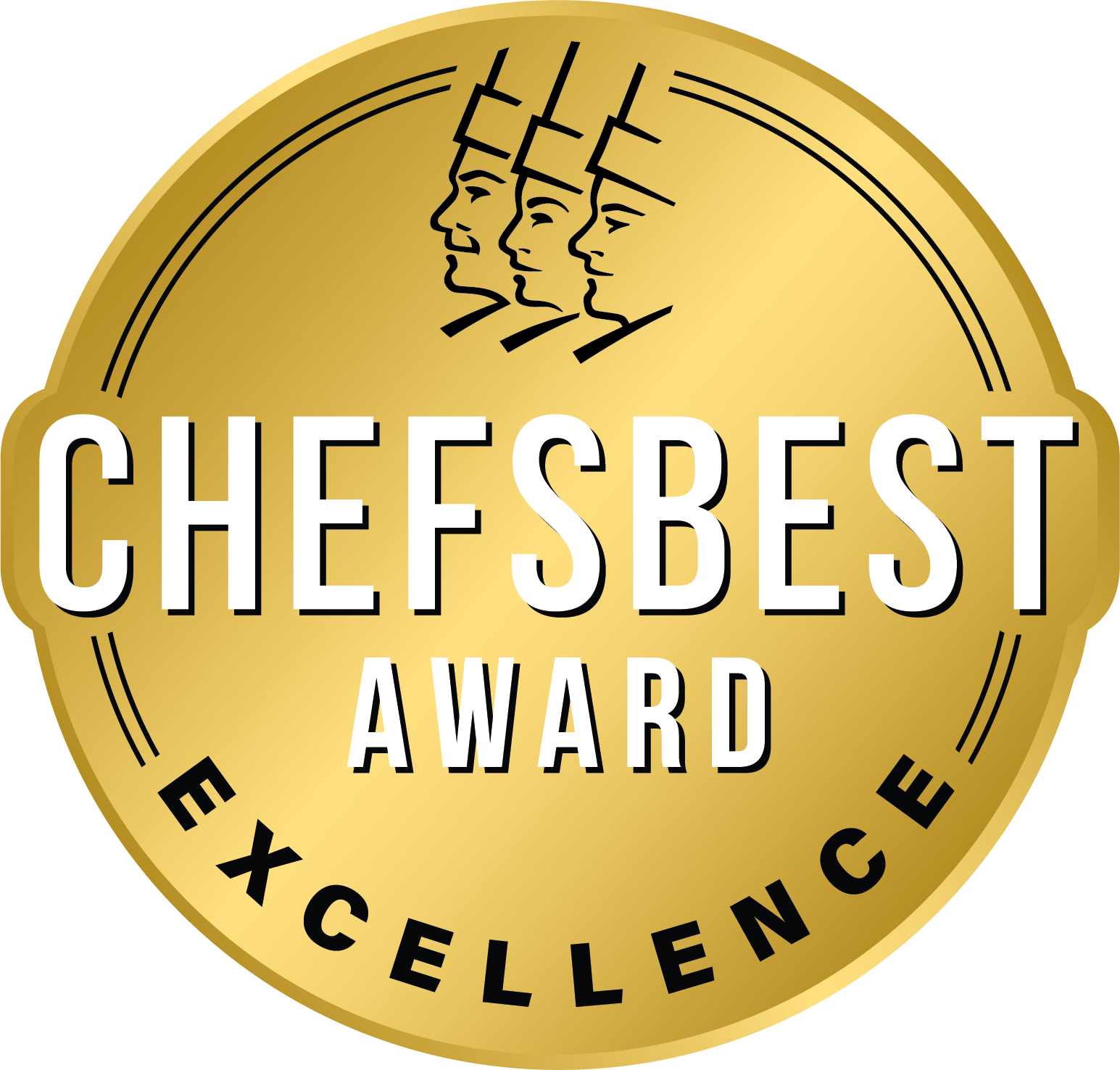Chef Training
It all happens at the hub of the culinary world, the San Francisco Bay Area. To become a ChefsBest Master Taster® and participate in the judging panel, chefs must meet a number of pre-requisite requirements and undergo a comprehensive training process. In addition to holding years of experience in the industry, they must learn to quantify taste through objective evaluation. Upholding this training protocol, which not all who undertake successfully complete, is essential to maintaining the trustworthiness of ChefsBest Awards.
In order to be considered for ChefsBest training, chefs must hold either a culinary degree or a hospitality degree from an accredited institution. They must be considered an executive-level chef, a distinction reserved for those who have served in an advisory role in a kitchen, with responsibilities that range from menu creation to management of kitchen staff, ordering and purchasing of inventory, and plating design. Chefs who own or operate their own business, or those who serve as instructors at accredited culinary institutions also qualify for consideration.
Once chefs have shown they meet pre-requisite requirements set by ChefsBest, they begin their training with rigorous palate acuity testing. They are initially screened for their ability to reliably discriminate between different samples. Chefs must be able to tell the difference between simply prepared samples, such as two waters, one of which is sweetened slightly more than the other, and more complex samples, such as two tomato sauces with different amounts of salt. As training progresses, chefs are presented with samples that have smaller and smaller differences.
The next step is ensuring that chefs can clearly describe foods they sample. They must be able to share their perceptions of foods tasted, and hear and consider descriptions offered by other panelists. To accurately relate to shared experiences with foods, beverages and culinary products, they must use a common language as their fellow judges. In this phase of training, chefs are assessed on their ability to make the acuity of their palates clear and accessible to others.
Once chefs complete palate acuity testing, they move on to learning about the ChefsBest proprietary judging methodology, Sensory Attribute Quality Analysis. SAQA helps to organize the sensory experience of eating into an objective set of dimensions, attributes and anchors that all judges can understand. Attributes are measured in order of experience, starting with appearance and moving on to aroma, basic taste, flavor and texture. In this phase of training, chefs learn key terminology used in the process and how impartial moderators facilitate each blind tasting session.
After a chef has passed palate acuity screening, completed the interviews assessing their descriptive ability, and received initial training in the SAQA process, then they begin to participate in evaluation sessions. A limited number of trainees are allowed to participate in each session, although their data is initially segregated from experienced panelists. Their data is then reviewed to determine if they apply key terms and evaluate products in a way that shows consensus with experienced panelists. Over time, as they demonstrate the ability to execute the process properly, their scores are included in the final results.
